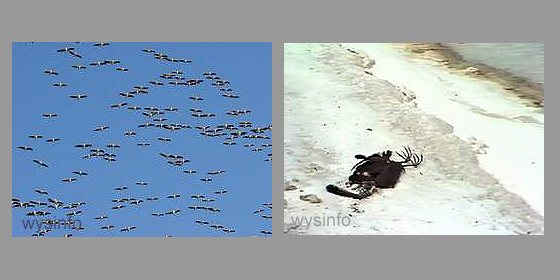Page Content
- Animals of the Dead Sea Region – Originating from Both Africa and Asia
- Are There Fish in the Dead Sea?
- The Challenge of Life in the Desert
- The Camel
- Invertebrates
- Resident and Nomadic Birds
Animals of the Dead Sea Region – Originating from Both Africa and Asia
A number of different types of fauna, originating in Africa, made their home here, since this area once constituted part of the north-eastern corner of the African continent.
A gradual process of desiccation gave rise to the formation of the desert belt that isolated the animal population here from it’s original home.

African Fauna in the Dead Sea Region
A prominent African representative among the mammals of the Dead Sea area is the Rock Rabbit, a social herbivore with a daily routine. The pads on its short toes enable it to climb nimbly in the rock fissures which are its usual habitat. The male is territorial and defends his territory by noise, song and battle. Towards late February and early March the Rock Rabbit, usually a courteous creature, forces his attentions on his mate and fights off rivals. This continues until the beginning of July, when the female gives birth.
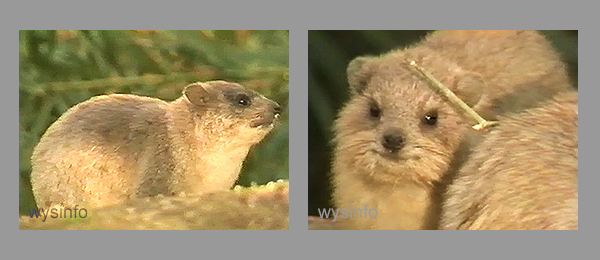
With the drift of the continents, a way was cleared for the entry of Asiatic animals. These replaced much of the African element which was unable to cope with the climatic changes. Animals such as the crocodile, the rhinoceros and the hippopotamus disappeared from the region.
A number of the African animals, however, adapted, or restricted themselves to the zone that still provided them with the minimum possible conditions for survival. This area covers the canyons and the oasis that ring the Dead Sea.
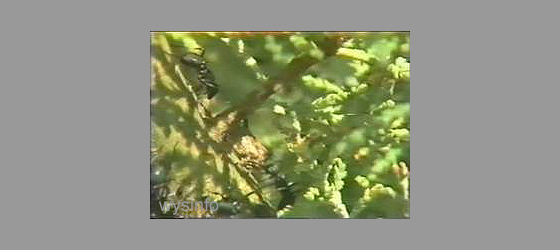
An interesting African descendant still found in the area prefers, unlike other ants here, life in the trees to life on the salty ground. Living in nests, the Dead Sea ants capture and hold one of the region’s vermin.
This pest, sentenced for life, works in the service of these crafty ants to produce the material from which they build their nest, a sophisticated structure in itself.

Asian fauna in the Dead Sea Region
The Asiatic migrants settled throughout the region, each choosing it’s terrain according to it’s nature.
The light-footed fleet gazelle moved to the open plains.
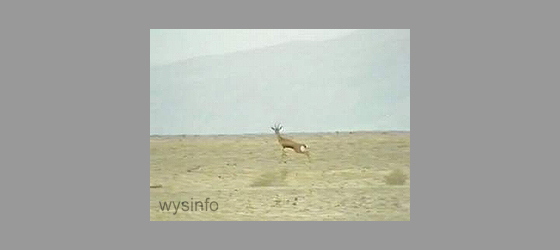
The ibex on the other hand, is a very agile climber and feels most comfortable on cliffs, which also complete it’s camouflage. Here it finds it’s food, but in contrast to the purely desert animals, the ibex needs water at least once every few days, and therefore is restricted to the area of the scarps and slopes near the springs.
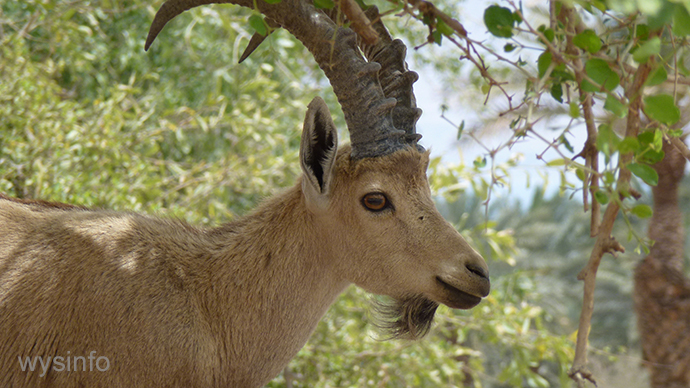
In the winter and spring, when the young are born, the herds of ibex move off towards the desert plateau where the female gives birth. Although blessed with an almost perfect camouflage, the ibex was nearly wiped out by man, who hunted it for it’s impressive horns and tasty meat. Fortunately, with laws and close control, this danger has passed and the animal has been increasing in numbers for several years.

with an almost perfect camouflage in Dead Sea region
Are There Fish in the Dead Sea?
No. There are no fish living in the Dead Sea.
While researchers have found a limited variety of microorganisms at the bottom of the Dead Sea where fresh water springs were detected, larger organisms cannot live in the Dead Sea water.
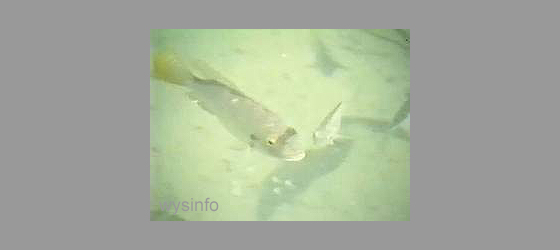
Still, at Ein Fashcha, which is a series of springs on the northern shore, there are a variety of fish and shell-fish. These reached as far as Ein Fashcha and then became trapped by the barrier created by the ever-increasing concentration of salt in the waters of the Dead Sea.

Here, just where a tributary enters the sea, one can find these fresh water creatures fighting, often unsuccessfully, the battle against the bitter end. This end comes once they are washed, with the stream, into the salty water of the Dead Sea.
The Challenge of Life in the Desert
Desert life poses two problems: excessive heat and insufficient water. The birds and wildlife in such regions overcome these in several ways:
Some rodents, as well as carnivores, have developed a form of adaptation by making do with the liquid contained in their solid food.
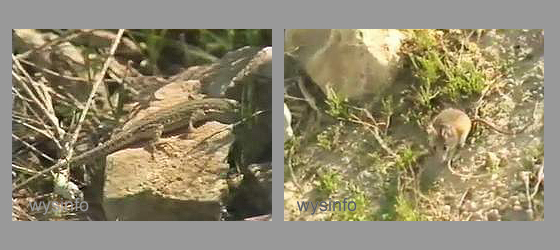
Others, such as reptiles, preserve water either by an impermeable body covering, which prevents water loss through the skin, or by eliminating waste in the form of crystalline acid. To avoid excess heat absorption, many shelter from the sun in rock crevices and burrows, which also contain greater humidity. Some of the Dead Sea wildlife simply prefer to emerge only at night.
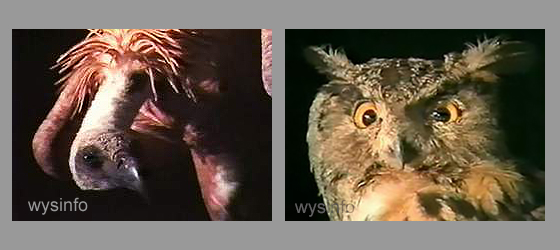
The Camel
The camel, a domesticated animal, is notable (unlike the cow) for being successful in the desert. In difficult conditions the camel urinates only one half to three quarters of a liter of fluid a day and its stool contains only 30-35% water. Its large body heats up slowly, with almost an entire day passing before its body temperature reaches its maximum of 40.5 degrees. It begins to sweat relatively late in the day and water loss is small.
A camel which has done no work is able to live off ordinary dry food at a temperature of 34-40 degrees for up to 17 days without drinking, while if the food is juicy it needs no water at all. It is not surprising, therefore, that the camel has become the most important animal of the desert dweller.

Invertebrates
In the region of the Dead Sea, as in the other deserts in the middle east, many kinds of invertebrates live, the most common being the white snail. The color of this snail’s shell reflects the sun rays and protects it from drying up. The snail lives in areas of scarce rainfall, and for most days of the year it is inactive. Only when it rains and the air and earth are damp, does the snail peer out of its shell and attend to its needs by feeding on single-celled algae that grow on the uppermost layer of the ground.
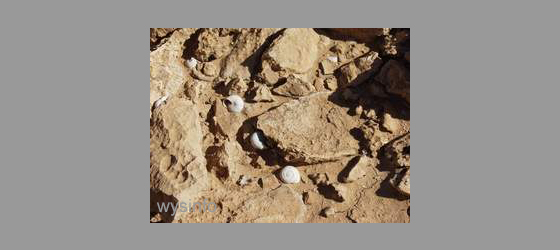
Resident and Nomadic Birds
The birds, like the reptiles, preserve their body fluids by voiding solid urine and by the absence of sweat glands in their skin. But these, as distinct from the reptiles, have a more or less constant body temperature, with a difference of about 3 degrees between day and night.

Most desert birds do not usually have a source of drinking water, and they make do with fluids in the solid food they eat; however, even those able to live in the desert without drinking water are more numerous in the neighborhood of springs, since the possibility of drinking makes their desert life easier.
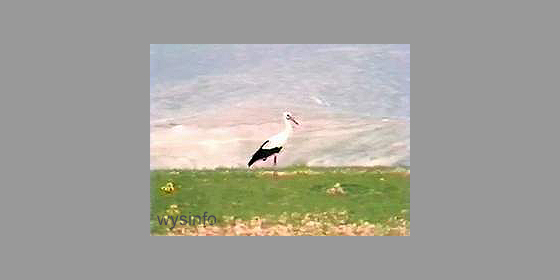
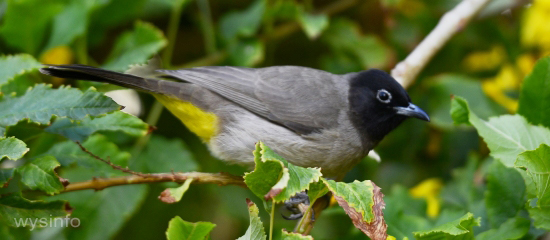
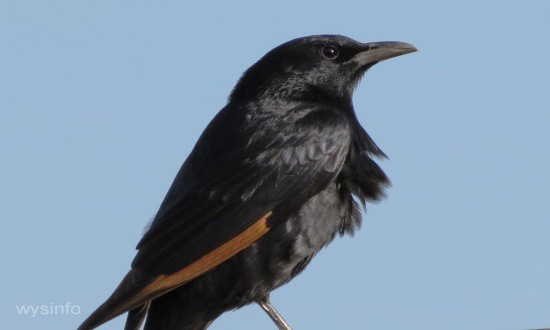
Despite it’s barren regions, the Dead Sea Rift serves as a migration path for nomadic birds, predators and others, that fly between Africa and northern Europe. They glide on the air currents in the mountain corridors, and some of them, misled by the blue color so reminiscent of the sweet water lakes in the far north, come to rest on the Dead Sea, there to drink their last.
